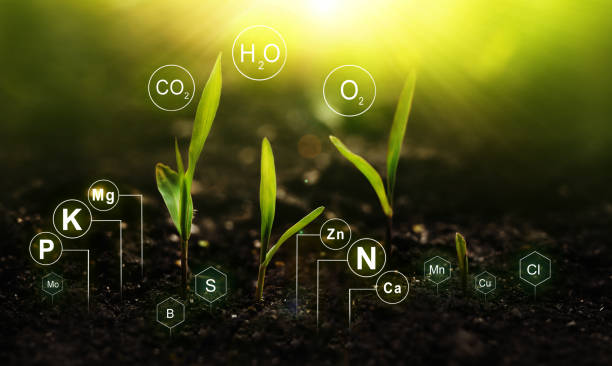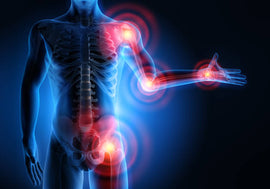The intricate network of life on Earth is a marvel to behold. Among its most fascinating aspects is the profound interconnectedness between us, Humans, and our leafy cohabitants, the plants. Through the lens of Dr George W. Carey's teachings and the symbology of the Tree of Life, we can delve into a deeper understanding of this shared existence. This post aims to highlight the essential role inorganic minerals play in the sustenance of both humans and plants and the astounding parallels that exist between the two kingdoms.
According to George W. Carey, an early 20th century biochemist and prominent esoteric thinker, humans and plants are intrinsically linked through the common foundation of life: inorganic minerals. Carey theorized that human bodies are essentially composed of twelve cell salts, mirroring the twelve inorganic minerals found in the Earth's crust. Just as we need these minerals to maintain health and vitality, so do plants rely on them for their survival.
One might argue that the Tree of Life serves as a potent symbol for our shared dependency on these inorganic minerals. Known from various philosophical and spiritual traditions, the Tree of Life represents the Circulatory System and interconnected nature of all life on our planet. Much like the roots of a tree, which absorb minerals from the soil to nourish the entire plant, humans too depend on their circulatory system to absorb these inorganic substances and pump them through the body for nourishment and health.
In the plant world, roots seek out these vital minerals from the soil, transforming them through photosynthesis into sustenance not only for themselves but also offering life-giving oxygen and food for a multitude of organisms, including humans. Similarly, our bodies, much like tiny ecosystems, absorb minerals from the food we eat. These minerals then play crucial roles in various biochemical reactions, from maintaining our heartbeat to enabling neurons to fire, all to ensure our survival.
Just as trees branch out with a myriad of leaves to capture sunlight, humans branch out in their endeavors to capture and utilize knowledge and resources. This metaphor extends beyond the physiological and goes into the very psyche of humans, influencing our approach towards life and survival.
Let's take potassium, a mineral found in the Earth's crust and also a component of some of the twelve cell salts, as an example. In humans, potassium is vital for the function of all cells, tissues, and organs. It plays a crucial role in heartbeat regulation, intracellular hydration, and nerve function. In contrast, plants use potassium to regulate water and nutrient movement within the roots, fortifying plant stems, and facilitating photosynthesis. Though used in different biological contexts, the necessity of Potassium and Sunlight underscores a fundamental similarity between humans and plants.
While Humans may not necessarily have the same exact Biological Process as Photosynthesis, they do in fact have a very similar process. Plants use the Sunlight for Photosynthesis, while Humans require Sunlight to produce Vitamin D, a Steroid Hormone that is a crucial component of the production of Sex Hormones needed for Energy/Wellbeing.
So, as we reflect on the shared biological mechanisms between us and our green counterparts, we should appreciate the intricate interconnectedness that binds us. Carey's theory and the symbol of the Tree of Life remind us that, much like plants, we are irrevocably tethered to the Earth and its resources.
It's time we step back and view ourselves as part of the vast, interconnected web of life. By understanding our shared reliance on inorganic minerals, we can begin to appreciate our commonality with plants. By embracing these connections, we might just cultivate a deeper respect for our environment and the myriad forms of life that share it with us. After all, we're all just branches on the Tree of Life, drawing sustenance from the same source.


